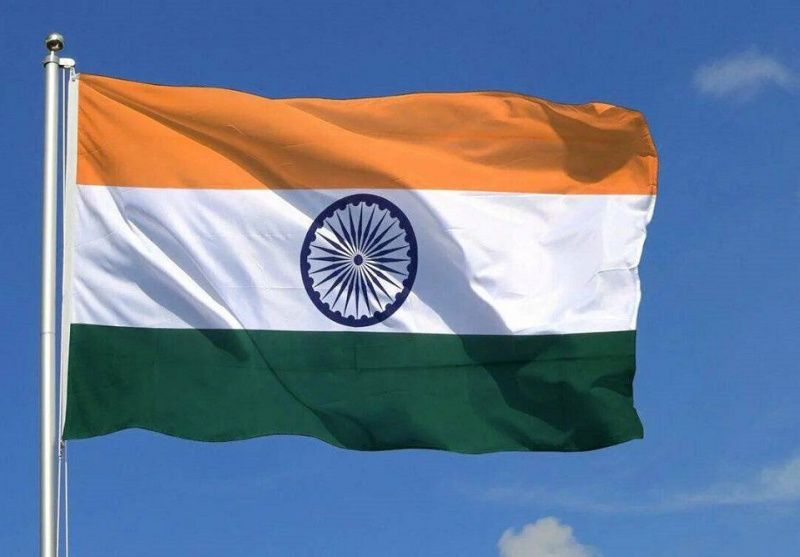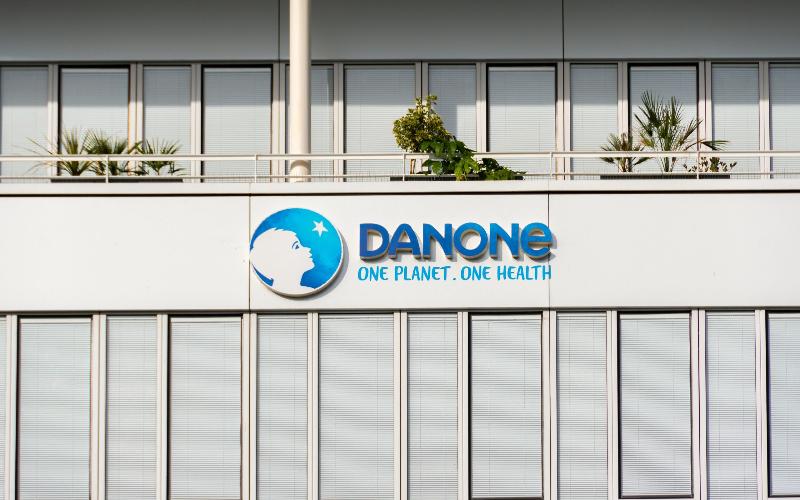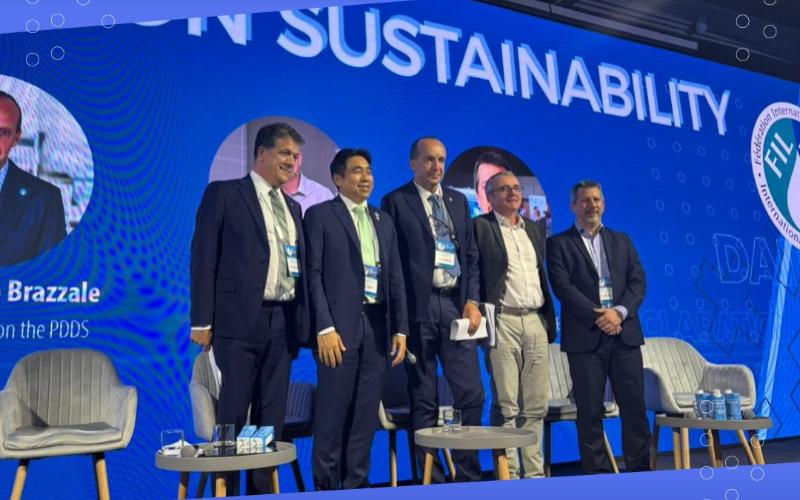India’s Strategic Patience in Trade Negotiations Amid Global Tariff Shifts
Source: dairynews.today
India carefully negotiates trade agreements post US tariffs, prioritizing protection for sensitive sectors like dairy and agriculture.

India has taken a strategic and patient approach in negotiating trade agreements in response to tariffs imposed by the Donald Trump administration in the United States.
Officials have emphasized the importance of protecting sensitive sectors such as dairy and agriculture, drawing parallels with the US's protective stance on items like peanut butter.
While trade agreements require time and careful consideration, with potential challenges arising from demand fluctuations in the US, India's proactive measures have positioned it advantageously.
The bilateral trade agreement under negotiation and India's preparedness for additional US tariffs have contributed to the country’s resilience. India has 'emerged a winner' following the reciprocal tariffs enacted by the US, gaining a first-mover advantage over competitors.
This includes robust measures within the World Trade Organization (WTO) framework to prevent the dumping of goods from countries like China, which are now facing steeper tariffs.
Despite facing a 26% reciprocal tariff from the US, contrasted with China's 34% additional import duty, India is likely to benefit from the ongoing US-China trade war. Although some sectors, such as fisheries, may lose market share to competitors like Ecuador, India could redirect these exports to markets such as the European Union.
The impact on pharmaceutical exports is expected to be minimal, even as Washington considers imposing tariffs similar to those on steel imports.
New Delhi is also making progress in free trade agreement (FTA) negotiations with the United Kingdom and has interest from Bahrain and Qatar.
Support mechanisms are in place to aid exporters affected by US tariffs.
Officials project growth in goods exports for the fiscal years of 2024-25 and 2025-26, with current figures from April 2024-February 2025 reaching $395.63 billion. India's competitors, including Vietnam, Indonesia, and Thailand, face higher US tariffs, positioning India advantageously within the global trade framework.
The commerce department is actively engaging with domestic exporters to extend support and prepare for anticipated challenges.
Officials have emphasized the importance of protecting sensitive sectors such as dairy and agriculture, drawing parallels with the US's protective stance on items like peanut butter.
While trade agreements require time and careful consideration, with potential challenges arising from demand fluctuations in the US, India's proactive measures have positioned it advantageously.
The bilateral trade agreement under negotiation and India's preparedness for additional US tariffs have contributed to the country’s resilience. India has 'emerged a winner' following the reciprocal tariffs enacted by the US, gaining a first-mover advantage over competitors.
This includes robust measures within the World Trade Organization (WTO) framework to prevent the dumping of goods from countries like China, which are now facing steeper tariffs.
Despite facing a 26% reciprocal tariff from the US, contrasted with China's 34% additional import duty, India is likely to benefit from the ongoing US-China trade war. Although some sectors, such as fisheries, may lose market share to competitors like Ecuador, India could redirect these exports to markets such as the European Union.
The impact on pharmaceutical exports is expected to be minimal, even as Washington considers imposing tariffs similar to those on steel imports.
New Delhi is also making progress in free trade agreement (FTA) negotiations with the United Kingdom and has interest from Bahrain and Qatar.
Support mechanisms are in place to aid exporters affected by US tariffs.
Officials project growth in goods exports for the fiscal years of 2024-25 and 2025-26, with current figures from April 2024-February 2025 reaching $395.63 billion. India's competitors, including Vietnam, Indonesia, and Thailand, face higher US tariffs, positioning India advantageously within the global trade framework.
The commerce department is actively engaging with domestic exporters to extend support and prepare for anticipated challenges.
Key News of the Week














